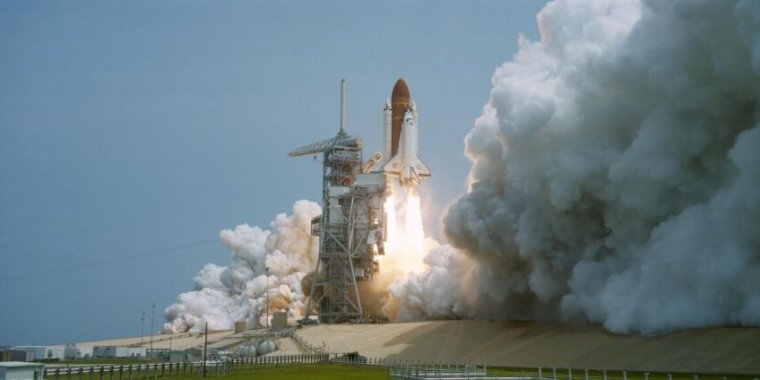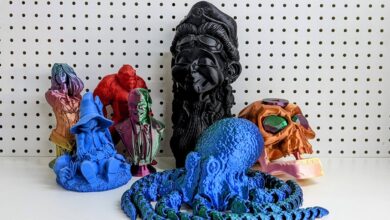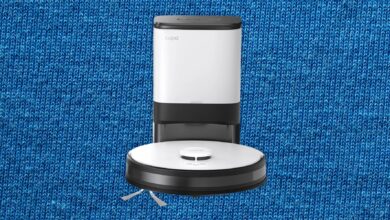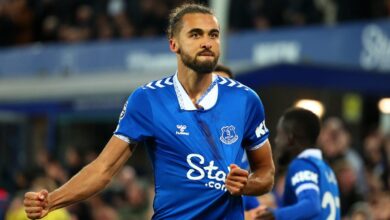What happens when an astronaut in orbit says he’s not coming back?


NASA
Taylor Wang was deeply despondent.
A day earlier, he had quite literally felt on top of the world by becoming the first Chinese-born person to fly into space. But now, orbiting Earth on board the Space Shuttle, all of his hopes and dreams, everything he had worked on for the better part of a decade as an American scientist at NASA’s Jet Propulsion Laboratory, had come crashing down around him.
Wang was the principal investigator of an experiment called the Drop Dynamics Module, which aimed to uncover the fundamental physical behavior of liquid drops in microgravity. He had largely built the experiment, and he then effectively won a lottery ticket when NASA selected him to fly on the 17th flight of the Space Shuttle program, the STS-51-B mission. Wang, along with six other crew members, launched aboard Space Shuttle Challenger in April 1985.
On the second day of the mission, Wang floated over to his experiment and sought to activate the Drop Dynamics Module. But it didn’t work. He asked the NASA flight controllers on the ground if he could take some time to try to troubleshoot the problem and maybe fix the experiment. But on any Shuttle mission, time is precious. Every crew member has a detailed timeline, with a long list of tasks during waking hours. The flight controllers were reluctant.
After initially being told no, Wang pressed a bit further. “Listen, I know my system very well,” he said. “Give me a shot.” Still, the flight controllers demurred. Wang grew desperate. So he said something that chilled the nerves of those in Houston watching over the safety of the crew and the Shuttle mission.
“Hey, if you guys don’t give me a chance to repair my instrument, I’m not going back,” Wang said.
Exactly what happened after that may never be known. But thanks to new reporting, we may finally have some answers. And though this is an old story, it still reverberates today, four decades on, with lasting consequences into the era of commercial spaceflight as more and more people fly into orbit.
Non-NASA astronauts
Space Shuttle missions fulfilled various tasks in the vehicle’s early years, such as deploying satellites, but one of its primary functions was conducting research in microgravity. Working with the European Space Agency, NASA developed and flew a pressurized module called Spacelab on some missions for this purpose.
The STS-51-B mission was the second time this Spacelab module flew, and it carried 15 different experiments ranging from astrophysics to the behavior of fluids in microgravity. Due to the nature of these specialized science experiments, NASA had started to fly “payload specialists” who were not designated to operate the Shuttle but rather complete the experiments on board.
With this mission, flying on board Challenger, the two highest priority experiments concerned materials science and fluid mechanics. Accordingly, the two payload specialists—Lodewijk van den Berg, a Dutch-born American chemical engineer, and Taylor Gun-Jin Wang, a Chinese-born American physicist—were chosen because of their expertise in these areas.
Wang was born in Shanghai in 1940 but moved to the United States in 1963 to study at the University of California, Los Angeles. He later earned a doctorate in low-temperature superfluid physics from UCLA and joined NASA’s Jet Propulsion Laboratory in 1972. He became a US citizen three years later. His research involved the behavior of droplets and other sphere-like objects in zero gravity, and he eventually flew on NASA’s zero-g flights. He developed the “Drop Dynamics Module” experiment to take this work to the next level in space.
Although he had never aspired to become an astronaut, when NASA began selecting a crew for the Spacelab mission in 1982, he applied. Wang was selected a year later and would become the first person of Chinese ethnicity to fly into space.
Payload specialists like van den Berg and Wang did not go through the same training as traditional NASA astronauts who underwent an ultra-competitive selection process.
“All received an abbreviated training program on basic Shuttle operations,” write the authors of the book on NASA’s payload specialist program, Come Fly With Us. “NASA performed medical and psychological evaluations on each candidate to ensure they were fit to fly into outer space, but nothing near the level of evaluation required by the NASA astronaut candidates.”
This could create something of a barrier between the mission crews and the payload specialists who were tacked on. Some of the traditional astronauts looked at the payload specialists as interlopers, not to be entirely trusted.
Source link




